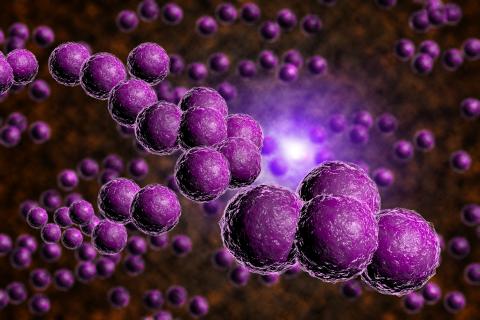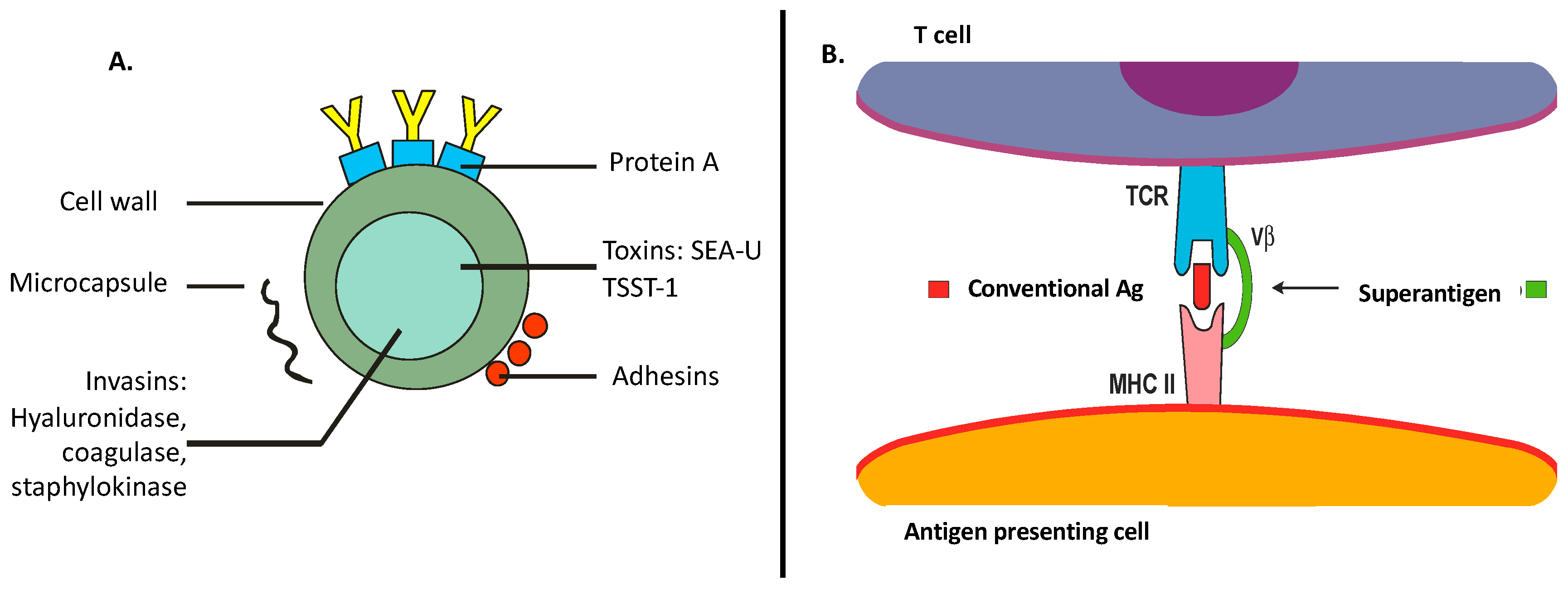Pathogens, Free Full-Text
Por um escritor misterioso
Descrição
Staphylococcus aureus causes many types of infections, ranging from self-resolving skin infections to severe or fatal pneumonia. Human innate immune cells, called polymorphonuclear leukocytes (PMNs or neutrophils), are essential for defense against S. aureus infections. Neutrophils are the most prominent cell type of the innate immune system and are capable of producing non-specific antimicrobial molecules that are effective at eliminating bacteria. Although significant progress has been made over the past few decades, our knowledge of S. aureus-host innate immune system interactions is incomplete. Most notably, S. aureus has the capacity to produce numerous molecules that are directed to protect the bacterium from neutrophils. Here we review in brief the role played by neutrophils in defense against S. aureus infection, and correspondingly, highlight selected S. aureus molecules that target key neutrophil functions.
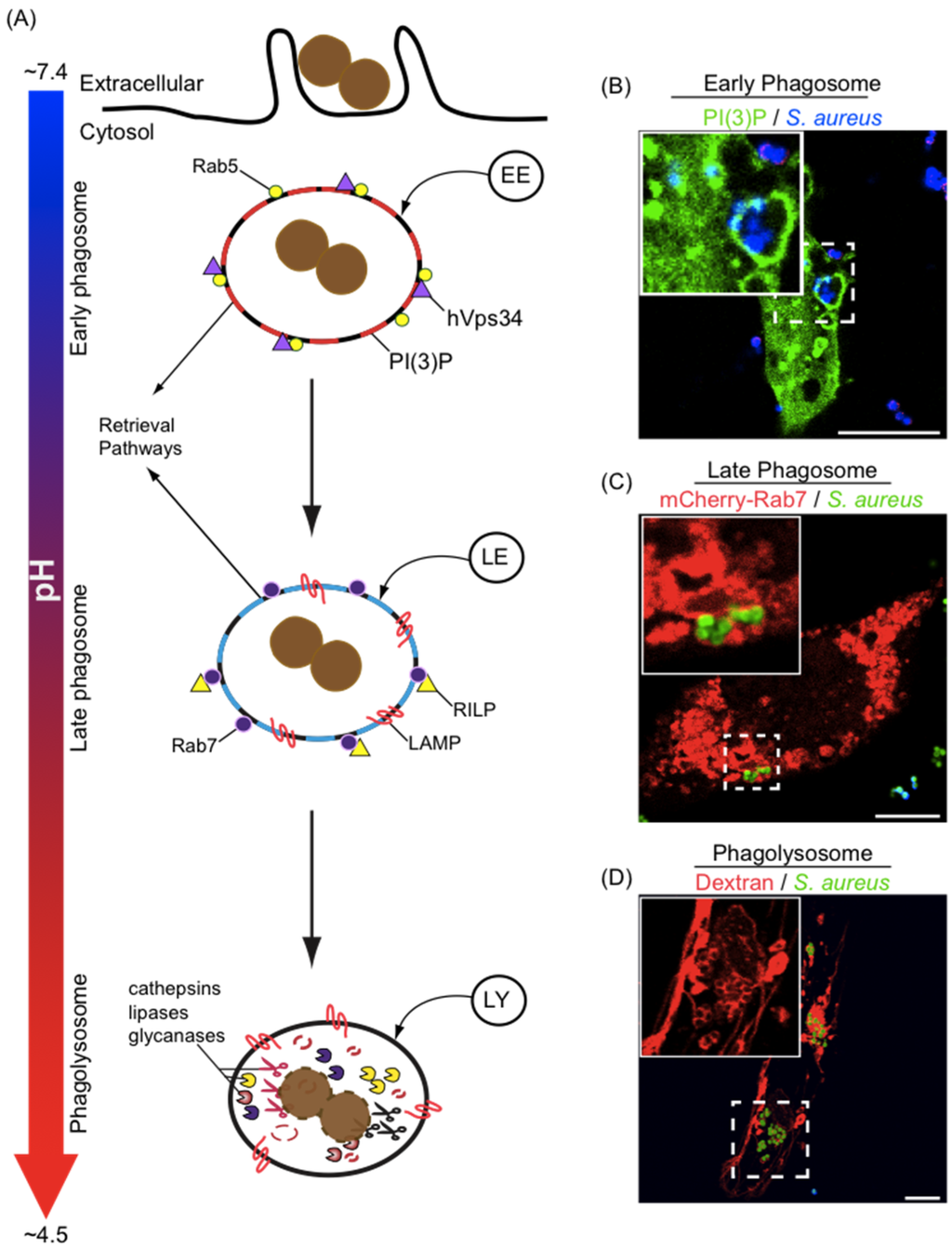
Pathogens, Free Full-Text
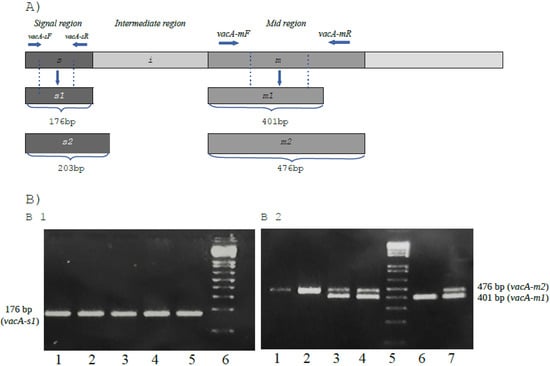
Parasitologia E Micologia Humana Download - Colaboratory
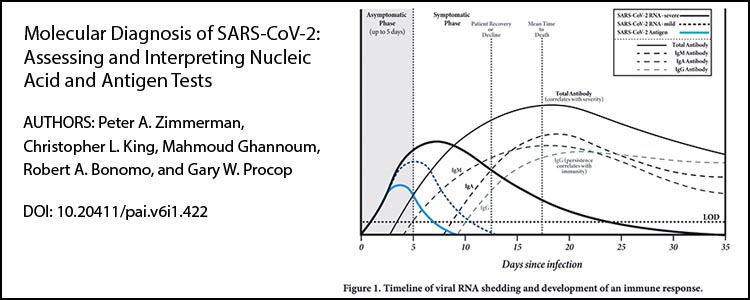
Pathogens and Immunity

Global mortality associated with 33 bacterial pathogens in 2019: a systematic analysis for the Global Burden of Disease Study 2019 - The Lancet

Microbial Minimalism: Genome Reduction in Bacterial Pathogens - ScienceDirect

Virus vs Bacteria Comparison Infographic - Venngage
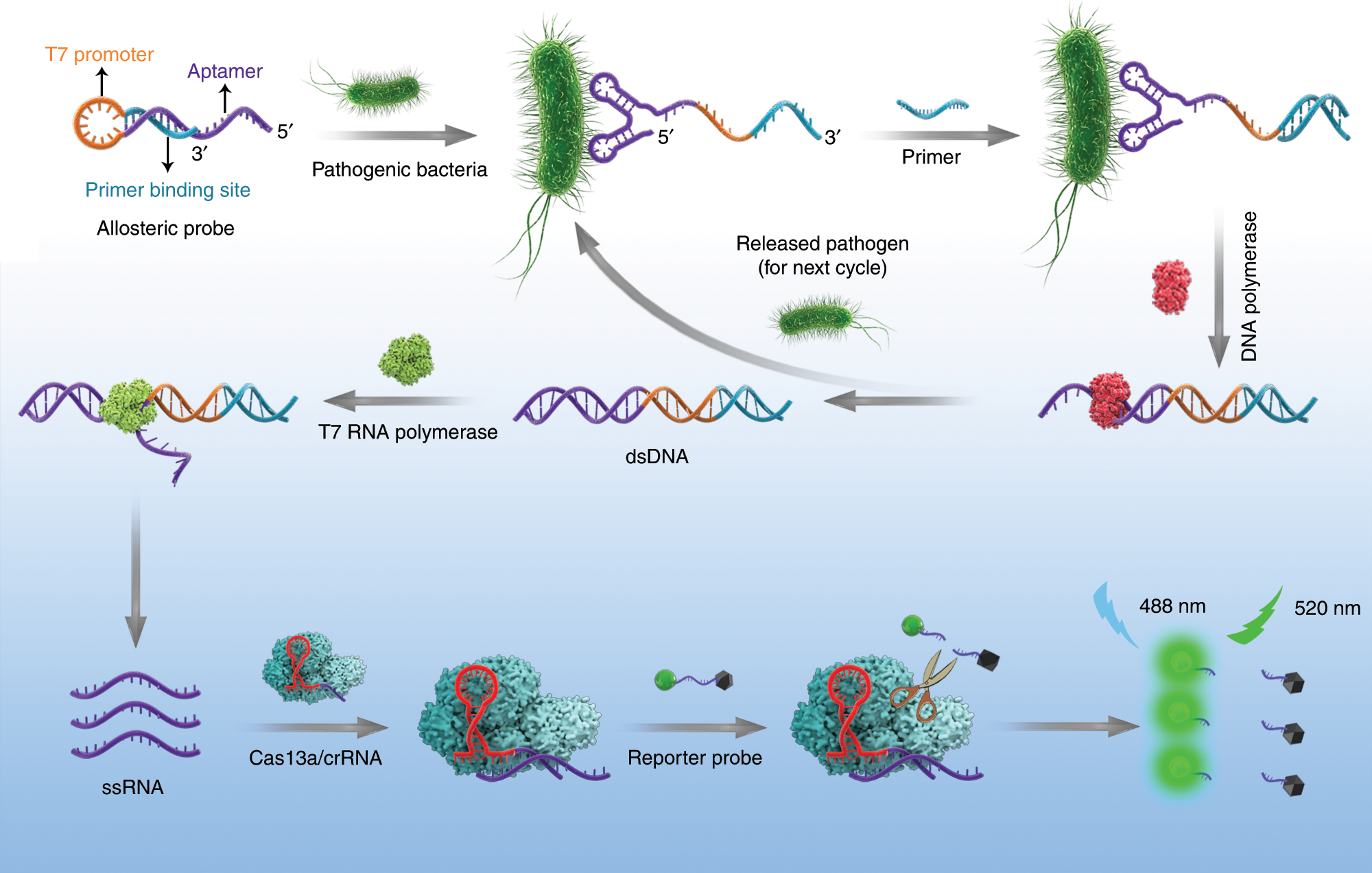
Sensitive detection of a bacterial pathogen using allosteric probe-initiated catalysis and CRISPR-Cas13a amplification reaction
Full version PCR Detection of Microbial Pathogens For Free - video Dailymotion

Ha Gay Mp4 Get File - Colaboratory

Microbiome-pathogen interactions drive epidemiological dynamics of antibiotic resistance: A modeling study applied to nosocomial pathogen control
de
por adulto (o preço varia de acordo com o tamanho do grupo)
